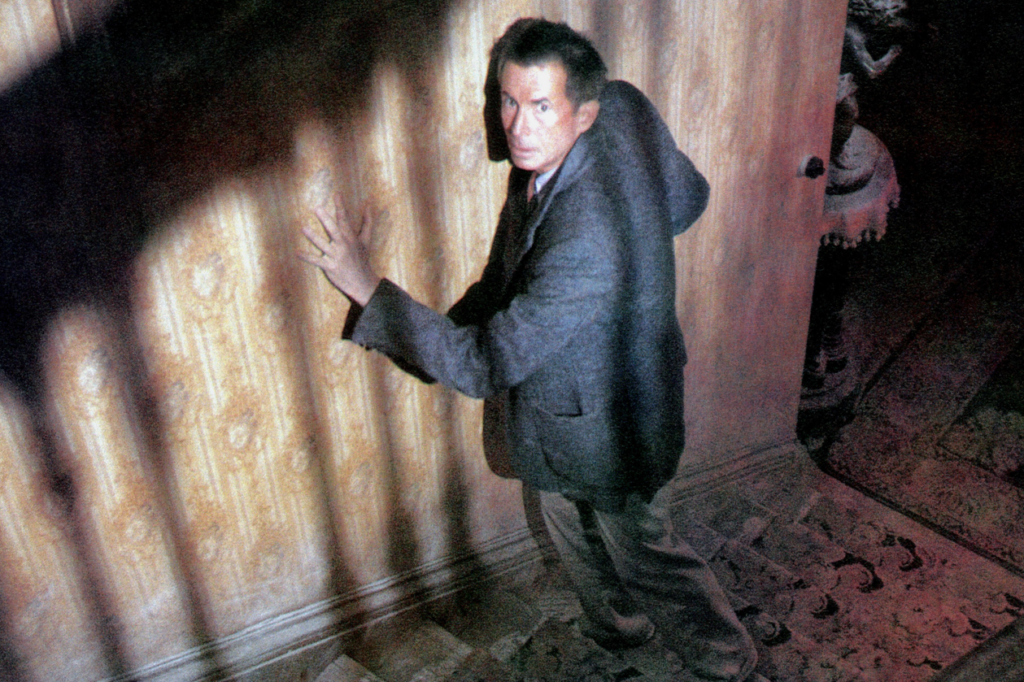1. Psycho (1960)
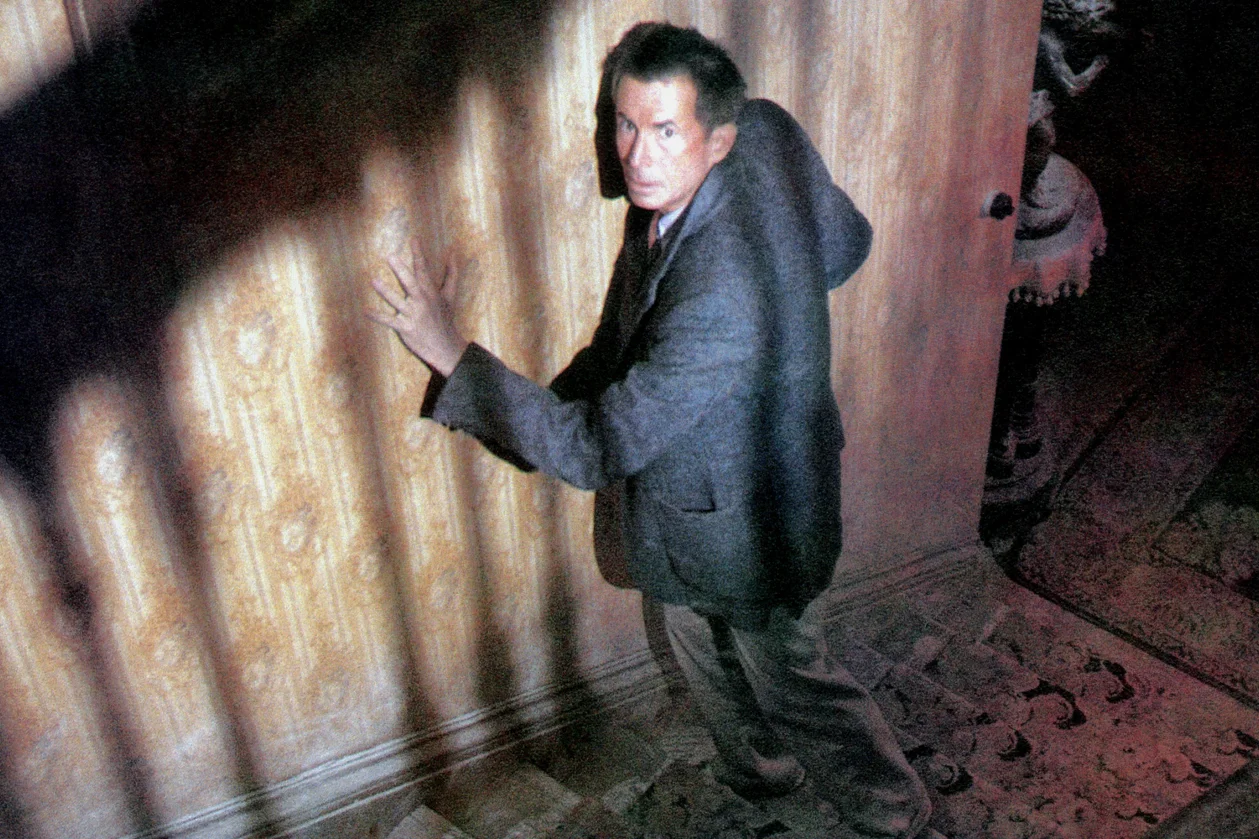
When Alfred Hitchcock’s Psycho hit theaters, it shocked audiences like few movies before it. The infamous shower scene, with its rapid cuts and piercing violins, left viewers unsettled, and the film’s decision to kill off its leading lady halfway through was unheard of. Even beyond the scares, Hitchcock broke rules by not allowing late entry into the theater, creating buzz and controversy around the release. Critics at the time were divided, with some calling it cheap exploitation and others recognizing its brilliance.
Over time, Psycho became one of the most influential thrillers ever made. It helped usher in a new era of horror, setting the stage for slasher films to come. Today, Norman Bates remains one of cinema’s most chilling characters, and the film’s bold choices still resonate. What was once dismissed as shocking now feels like groundbreaking artistry.
2. Bonnie and Clyde (1967)
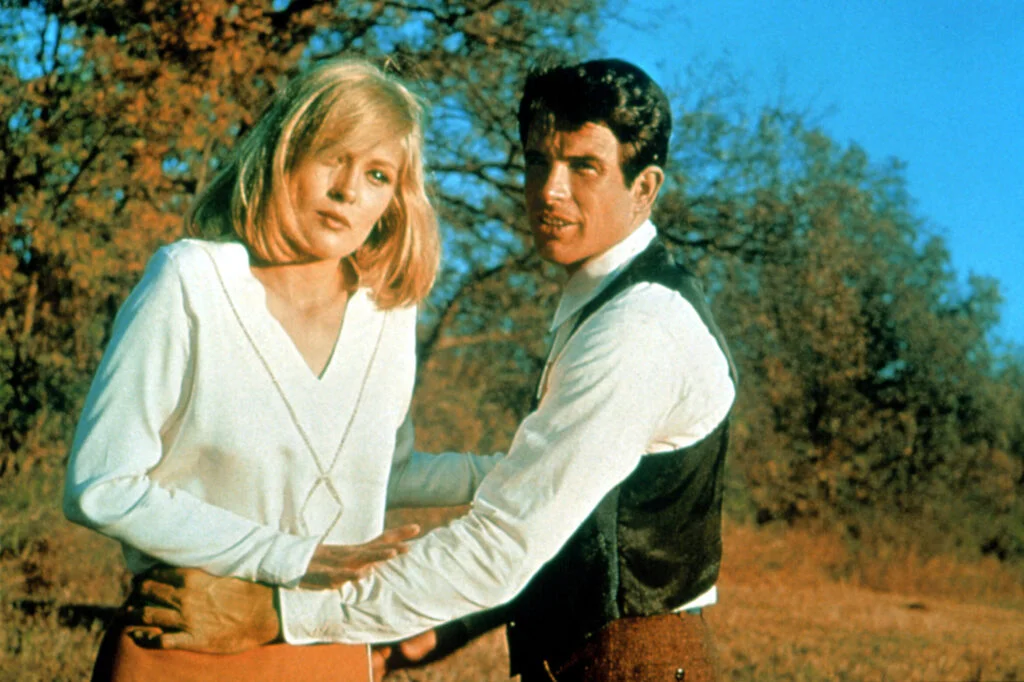
When Bonnie and Clyde debuted, critics were stunned by its graphic violence. The movie didn’t shy away from showing bloodshed in a way most Hollywood films had avoided. Some reviewers even called it irresponsible, worried about the glamorization of criminals. The final shootout especially caused a stir, with audiences both horrified and mesmerized by its brutality.
Yet the film also struck a chord with younger viewers, who saw Bonnie and Clyde as rebellious antiheroes in a changing America. Its mix of romance, violence, and social commentary made it a landmark of the “New Hollywood” era. Today, it’s remembered as a stylish and daring film that changed how violence was portrayed on screen. The controversy it caused only cemented its place in movie history.
3. Midnight Cowboy (1969)
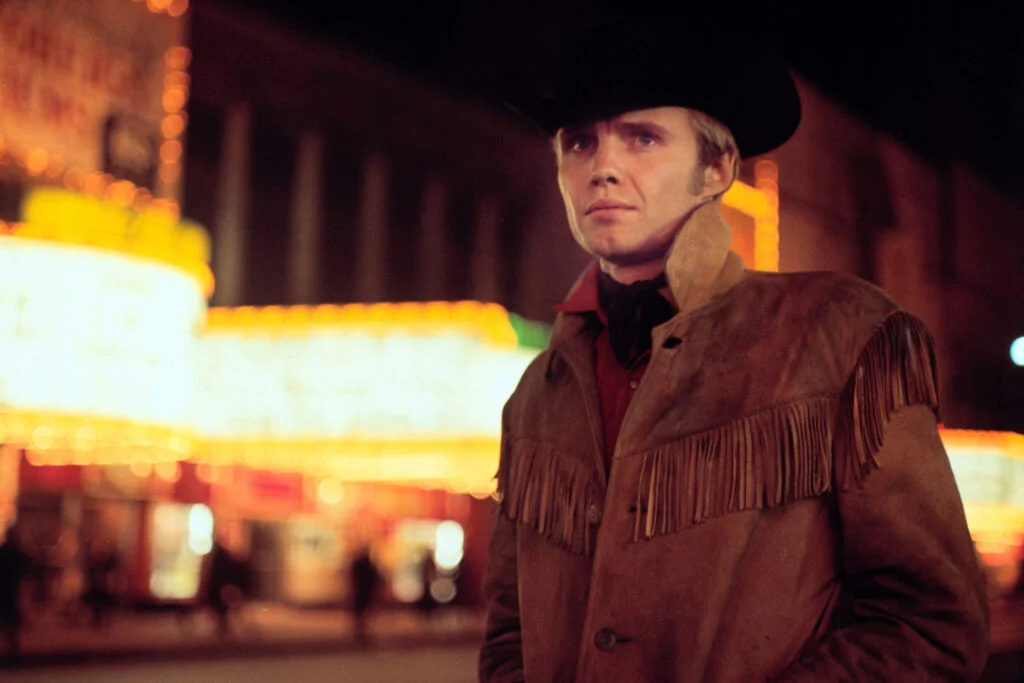
This gritty story of a hustler and his sickly friend in New York pushed boundaries from the start. Midnight Cowboy was rated X upon release, the first (and only) X-rated film to win Best Picture at the Oscars. Its depictions of poverty, loneliness, and sexuality were considered shocking, with many theaters refusing to screen it. The subject matter sparked debates about morality and censorship in American cinema.
Despite the initial backlash, the film was embraced by audiences who connected with its raw humanity. Jon Voight and Dustin Hoffman delivered unforgettable performances, capturing the struggles of survival in a harsh city. Today, it’s considered a classic that helped move Hollywood toward more mature storytelling. What once scandalized viewers now stands as a deeply moving character study.
4. Lolita (1962)
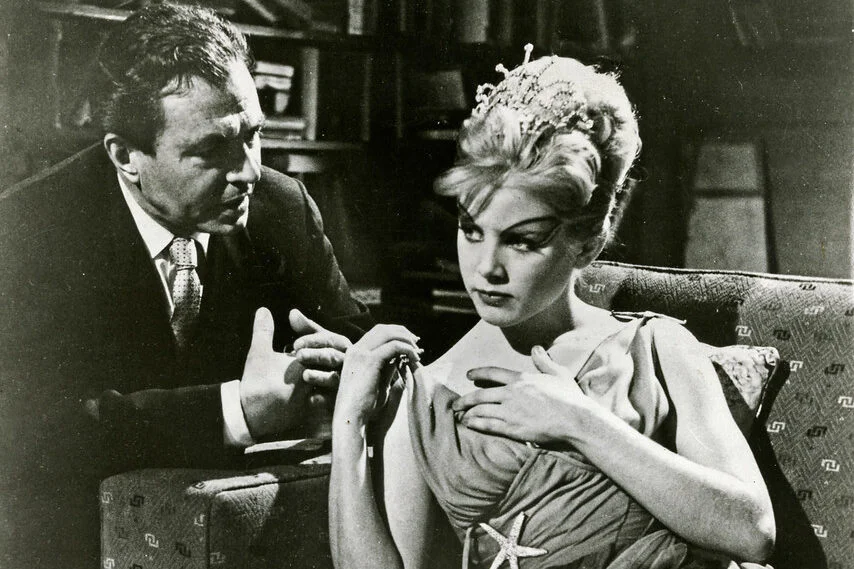
Stanley Kubrick’s adaptation of Vladimir Nabokov’s controversial novel faced hurdles from the beginning. The story of a man’s obsession with a teenage girl was so taboo that Kubrick had to tone down the material significantly just to get it released. Even then, the subject matter caused outrage, and many critics questioned whether such a film should have been made.
Still, Kubrick’s clever direction, along with memorable performances from James Mason and Sue Lyon, made Lolita impossible to ignore. The film walked a thin line between dark comedy and disturbing drama, forcing audiences to confront uncomfortable themes. Today, it’s seen as both a product of its time and a bold attempt to adapt a nearly unfilmable novel. Its controversy remains part of its legacy.
5. The Graduate (1967)
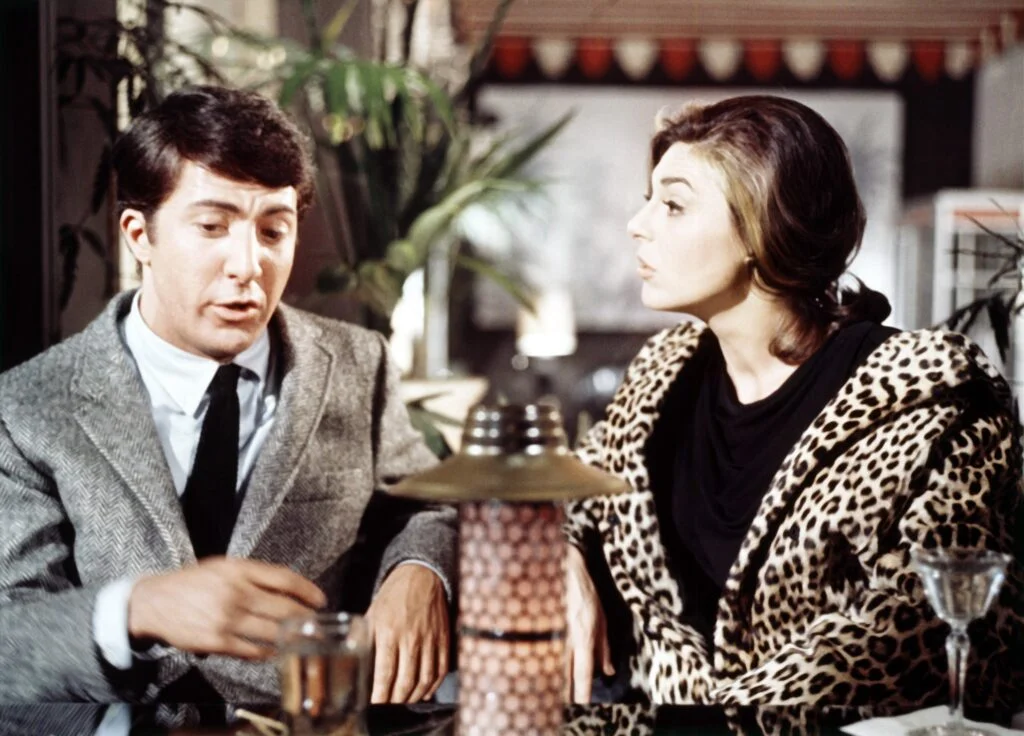
On the surface, The Graduate might seem like a quirky coming-of-age story, but at the time, it ruffled feathers. The film’s frank look at sex, infidelity, and generational disillusionment was striking in the late ’60s. Mrs. Robinson’s seduction of a much younger man pushed boundaries, and its open critique of suburban life left older audiences uneasy.
Younger viewers, however, saw it as a voice for their frustrations. The use of Simon & Garfunkel’s music added to its modern, rebellious spirit. The movie went on to become a massive cultural touchstone, influencing both film and fashion. Even today, Benjamin’s confused search for meaning feels relatable, showing that its controversial themes have aged remarkably well.
6. Cleopatra (1963)
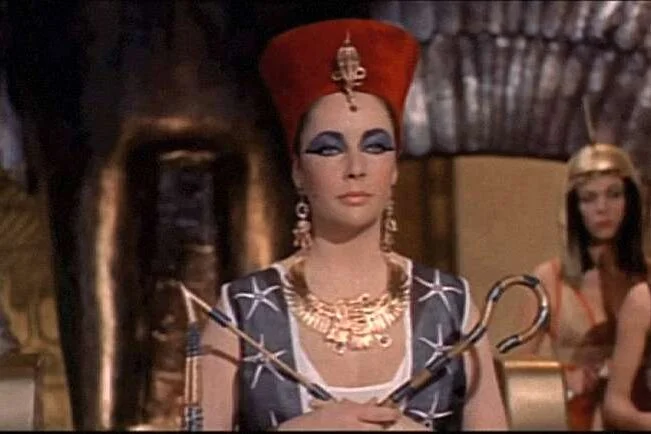
While much of Cleopatra’s controversy came from behind the scenes, it still made headlines everywhere. The film was the most expensive production of its time, nearly bankrupting 20th Century Fox. On top of that, Elizabeth Taylor and Richard Burton’s real-life affair, which began during filming, was splashed across tabloids and condemned by moralists.
The scandal and cost nearly overshadowed the film itself, but audiences couldn’t look away. Lavish sets, dramatic performances, and Taylor’s commanding presence gave the movie a lasting place in history. Today, it’s remembered as both a cautionary tale of Hollywood excess and an iconic epic. Its mix of artistry and infamy ensures people are still talking about it decades later.
7. The Wild Bunch (1969)
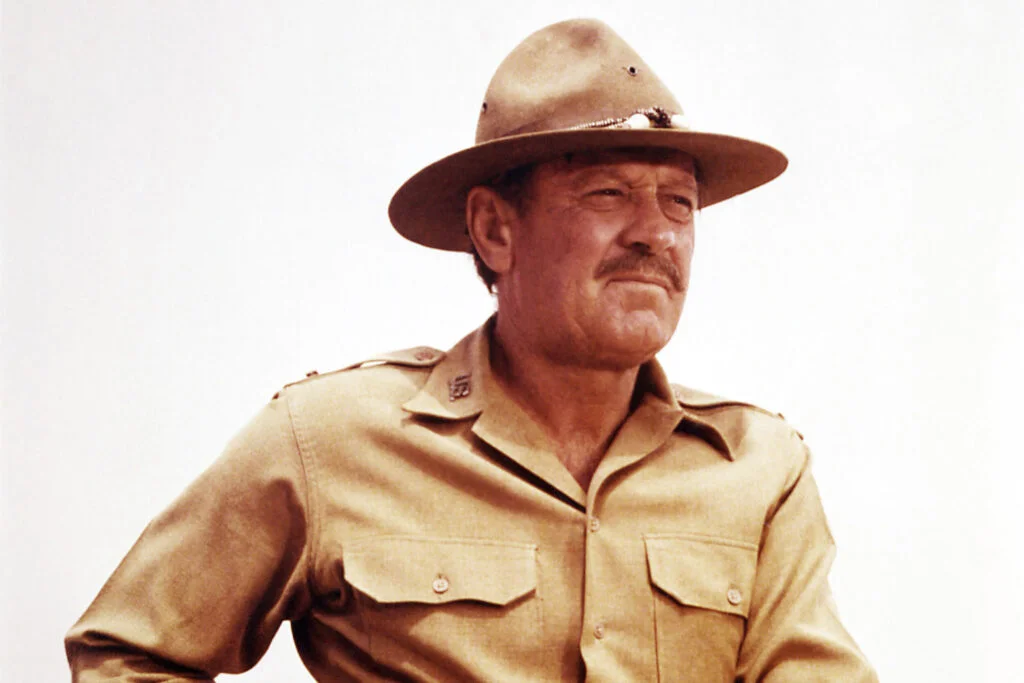
Sam Peckinpah’s The Wild Bunch pushed Westerns into brutal new territory. Its slow-motion shootouts and graphic violence horrified some critics, who labeled it excessive and destructive. The opening massacre and bloody finale shocked audiences used to more sanitized cowboy stories. It was even banned in some countries upon release.
But Peckinpah wasn’t just showing violence for shock value. He was commenting on the end of the Old West and the violent realities of human nature. Over the years, its reputation has grown, and it’s now seen as one of the most important Westerns ever made. What was once too controversial is now viewed as a turning point for the genre.
8. Dr. Strangelove (1964)
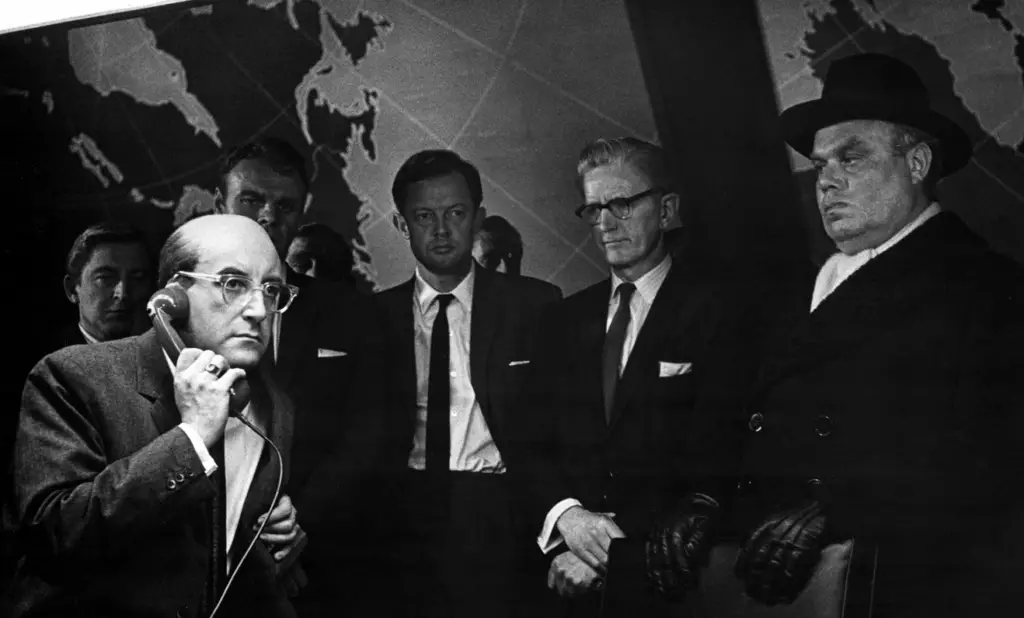
Releasing a dark comedy about nuclear war at the height of the Cold War was bound to raise eyebrows. Stanley Kubrick’s Dr. Strangelove made fun of government leaders and military paranoia, which some considered unpatriotic and dangerous. The satirical approach to something as terrifying as global annihilation was unlike anything audiences had seen.
Despite the unease, many praised its sharp wit and biting commentary. Peter Sellers’ multiple roles made the absurdity feel even sharper. Today, it’s celebrated as one of the greatest satires ever made, proving humor can be a powerful tool for social critique. What once seemed daring now feels like essential political commentary.
9. Guess Who’s Coming to Dinner (1967)
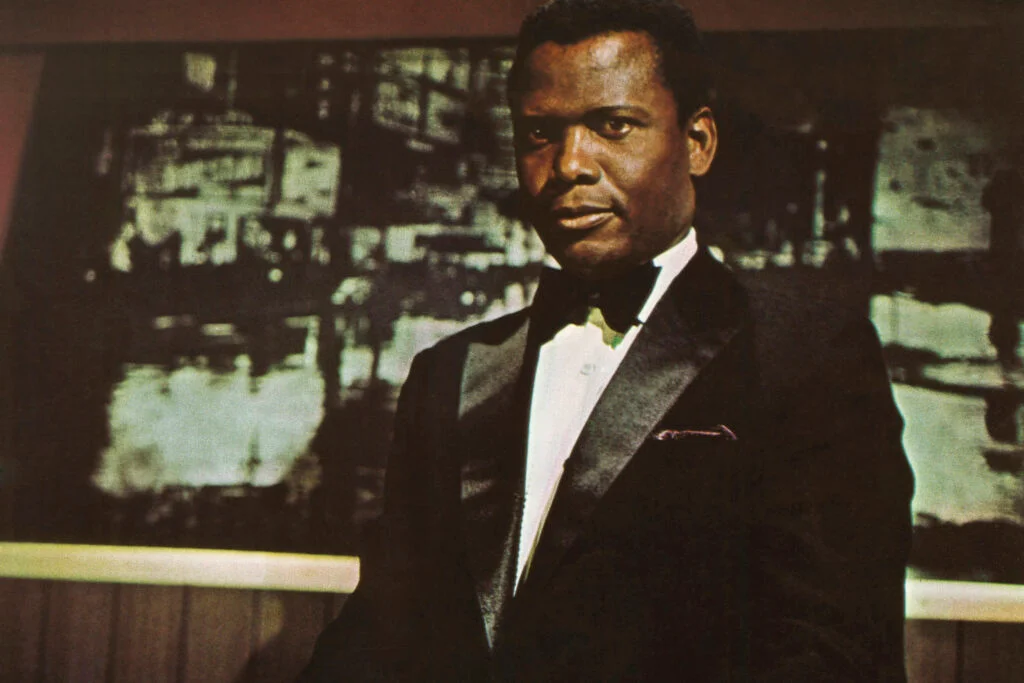
In 1967, interracial marriage was still illegal in many U.S. states, making Guess Who’s Coming to Dinner incredibly daring. The story of a white woman bringing her Black fiancé home to meet her parents struck a nerve across the country. Some praised it for tackling racism head-on, while others dismissed it as too progressive or unrealistic.
The performances by Sidney Poitier, Katharine Hepburn, and Spencer Tracy elevated the film beyond its controversy. It helped start important conversations about love, race, and acceptance. Today, it stands as both a social landmark and a touching family drama. Its message still resonates, reminding us how groundbreaking it was at the time.
10. Cool Hand Luke (1967)
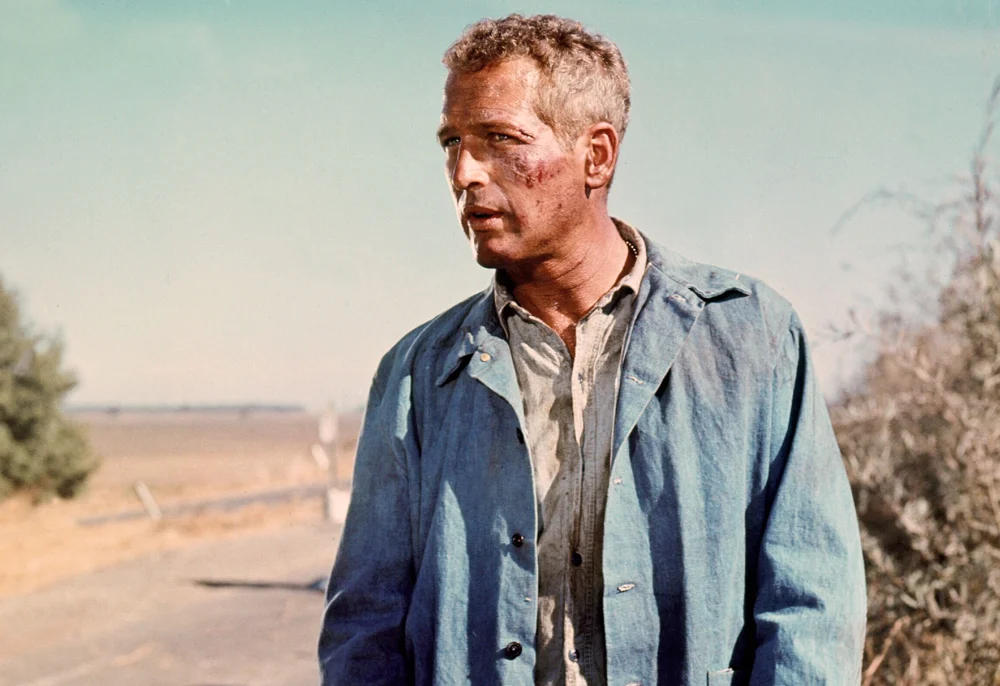
Paul Newman’s rebellious character in Cool Hand Luke was celebrated by many but troubled others. The movie’s themes of defying authority and questioning institutions were controversial during a time of social unrest. The infamous “failure to communicate” speech and the brutal prison scenes left some critics uneasy.
Still, Newman’s magnetic performance turned Luke into a cultural icon. Audiences connected with his refusal to conform, seeing him as a symbol of resistance. Over time, the film has become one of the most beloved dramas of the decade. What was once controversial is now seen as a timeless exploration of freedom and individuality.
11. Rosemary’s Baby (1968)
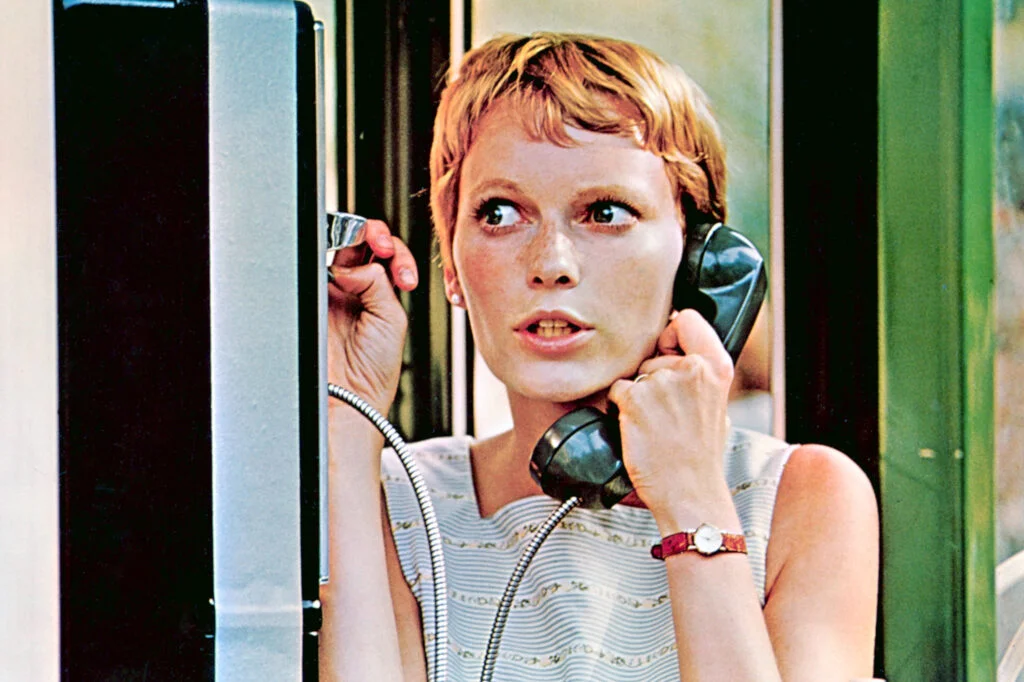
Roman Polanski’s Rosemary’s Baby stirred up controversy with its depiction of Satanism and pregnancy. Religious groups protested its release, calling it blasphemous and dangerous. The unsettling story of a woman manipulated by her neighbors into carrying the devil’s child was unlike anything audiences had seen before.
Despite the backlash, the film became a massive success and remains one of the most influential horror films of all time. Mia Farrow’s haunting performance anchored the film, making the terror feel all too real. Today, its psychological horror still holds up, and its ability to provoke fear hasn’t dimmed. The controversy only added to its mystique.
12. Easy Rider (1969)
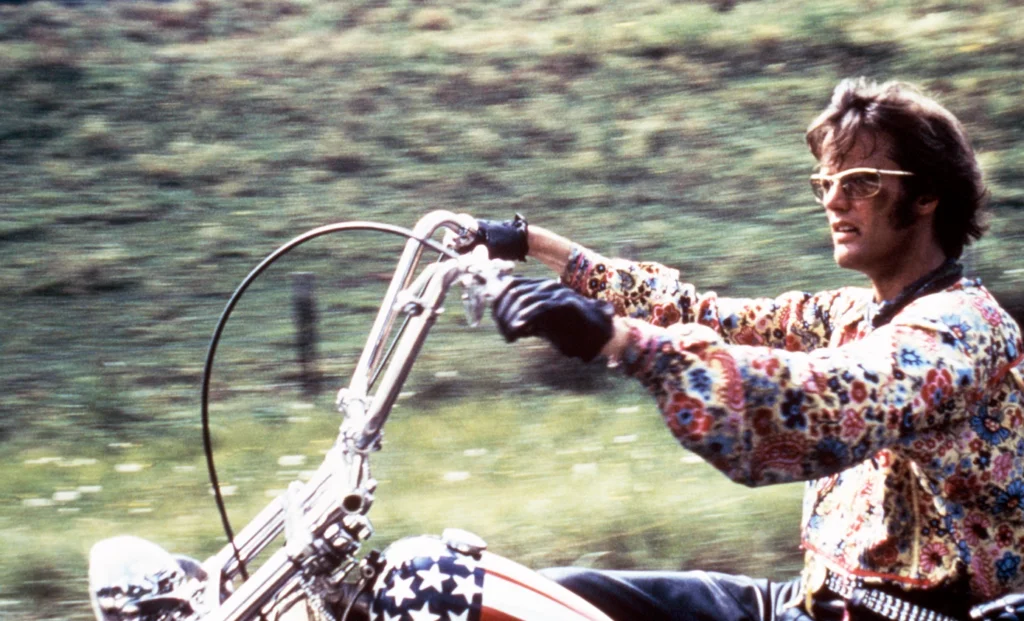
Easy Rider wasn’t just a movie, it was a cultural lightning bolt. Starring Peter Fonda and Dennis Hopper, it followed two bikers traveling across America in search of freedom. What made it controversial at the time was its raw look at drugs, counterculture, and the tension between traditional America and the new generation. Some critics dismissed it as glorifying aimlessness and rebellion, while others were unsettled by its frank depiction of marijuana and LSD use.
Yet for younger audiences, Easy Rider spoke directly to their experiences. Its soundtrack, featuring The Byrds and Steppenwolf, captured the spirit of the times, and the shocking ending left viewers shaken. It went on to become one of the defining films of the era, credited with kickstarting New Hollywood. Today, it still holds up as a fascinating snapshot of a country in turmoil, blending road movie adventure with sharp social commentary.

